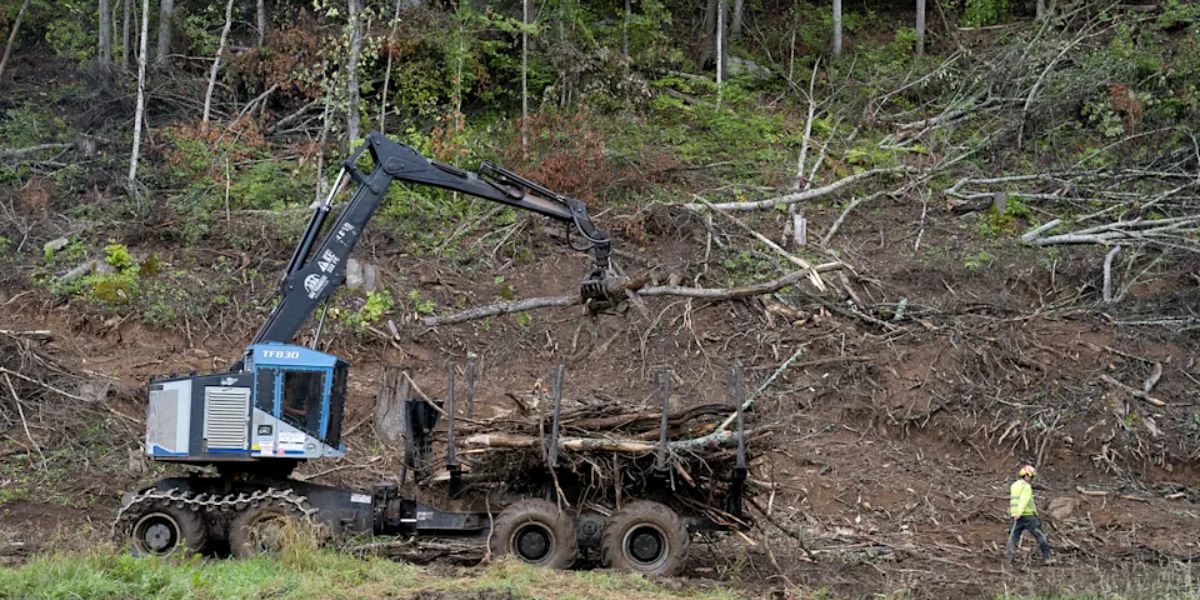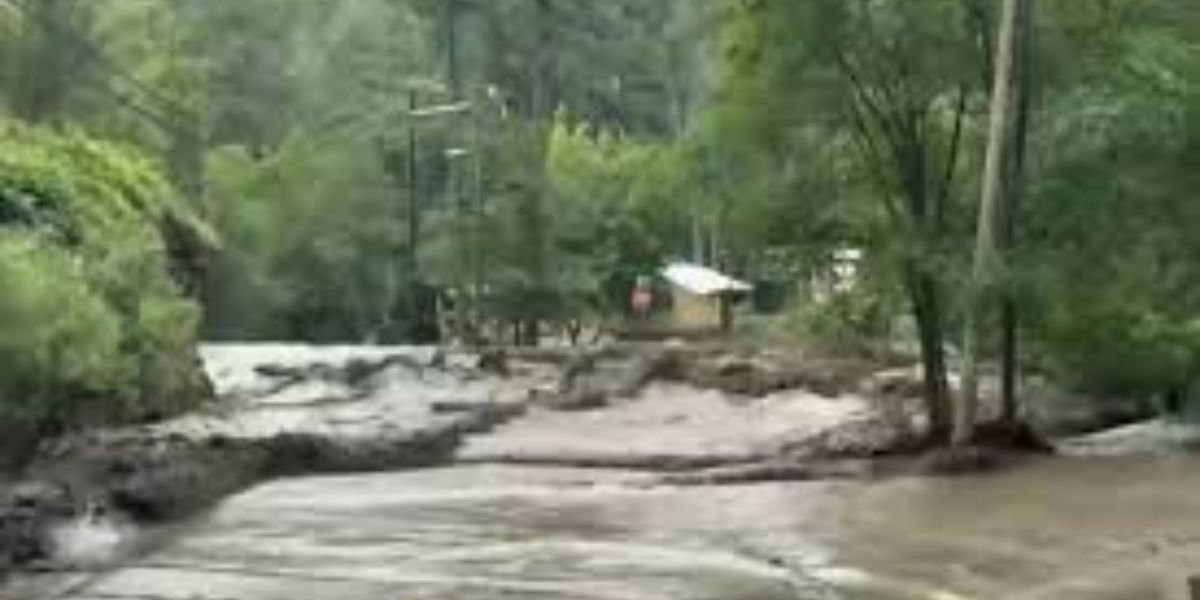POLK COUNTY, NC — The small section of forest before me appeared to be clear-cut. The ground was flat and treeless, with a thin layer of jumbled sticks and leaves.
Last September, Hurricane Helene flooded this region, a beaver wetland near the South Carolina border. But it was not the storm that destroyed the forest. It was the machines that came later. They were part of a federally funded hurricane cleanup effort that many environmentalists believe went horribly wrong.
Helene hit North Carolina in late September of last year, dumping record amounts of rain that damaged thousands of homes, killed over 100 people, and littered rivers with debris such as fallen trees, building fragments, and cars. In the months since, the Federal Emergency Management Agency (FEMA) has spearheaded a massive cleanup operation in western North Carolina. It focused, among other things, on removing debris from waterways to ensure public safety. Storm debris left in rivers and streams can cause jams, increasing the likelihood of future flooding.
In some parts of the state, however, cleanup crews hired by the federal government removed far more than just dangerous debris. According to several state biologists, environmental experts, and my own observations from a recent trip to the area, contractors in some areas cleared live trees still rooted in the ground, logs that had been in place long before the storm, and other natural features of the habitat that may not have posed a threat to public safety.
These experts also told me that the Army Corps of Engineers, a government agency tasked by FEMA with overseeing debris removal in several counties, did not coordinate with the state wildlife agency to minimize harm to endangered species. These include federally endangered freshwater mussels, which play an important role in keeping rivers clean, as well as hellbenders, iconic giant salamanders listed as endangered by the federal government.
According to experts, in some stretches of rivers and streams, the contractors caused more environmental damage than the storm itself. Many scientists and environmental experts I spoke with say the main problem is the compensation system for companies involved in disaster recovery. Contractors are typically paid based on the volume of debris they remove from streams, which encourages them to take more debris than is necessary.







